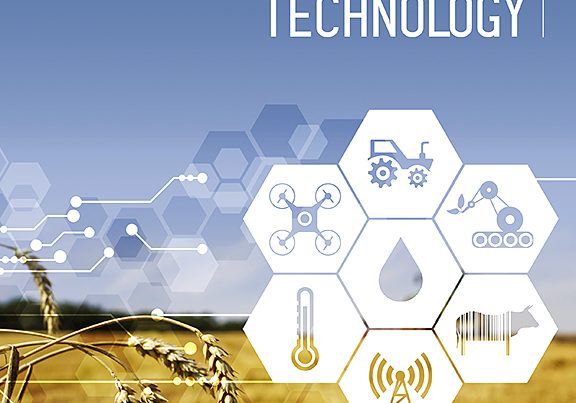Document type: Scientific review published in Frontiers in Veterinary Science
Authors: Frank A. M. Tuyttens, Carla F. M. Molento, Said Benaissa
Preview: Research and development of Precision Livestock Farming (PLF) is booming, partly due to hopes and claims regarding the benefits of PLF for animal welfare. These claims remain largely unproven, however, as only few PLF technologies focusing on animal welfare have been commercialized and adopted in practice. The prevailing enthusiasm and optimism about PLF innovations may be clouding the perception of possible threats that PLF may pose to farm animal welfare. Without claiming to be exhaustive, this paper lists 12 potential threats grouped into four categories: direct harm, indirect harm via the end-user, via changes to housing and management, and via ethical stagnation or degradation. PLF can directly harm the animals because of 1. technical failures, 2. harmful effects of exposure, adaptation or wearing of hardware components, 3. iother small companion animalscurate predictions and decisions due to poor external validation, and 4. lack of uptake of the most meaningful indicators for animal welfare. PLF may create indirect effects on animal welfare if the farmer or stockperson 5. becomes under- or over-reliant on PLF technology, 6. spends less (quality) time with the animals, and 7. loses animal-oriented husbandry skills. PLF may also compromise the interests of the animals by creating transformations in animal farming so that the housing and management are 8. adapted to optimize PLF performance or 9. become more industrialized. Finally, PLF may affect the moral status of farm animals in society by leading to 10. increased speciesism, 11. further animal instrumentalization, and 12. increased animal consumption and harm. For the direct threats, possibilities for prevention and remedies are suggested. As the direction and magnitude of the more indirect threats are harder to predict or prevent, they are more difficult to address. In order to maximize the potential of PLF for improving animal welfare, the potential threats as well as the opportunities should be acknowledged, monitored and addressed.





